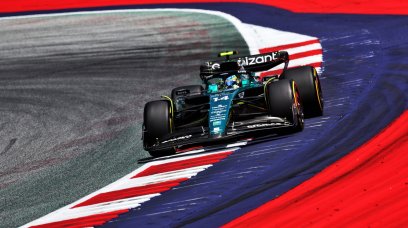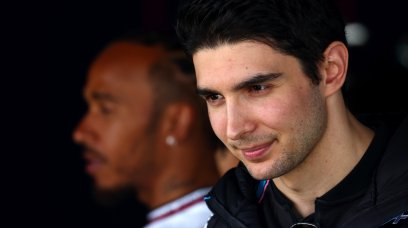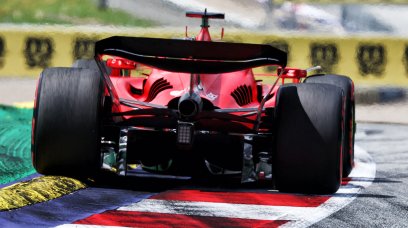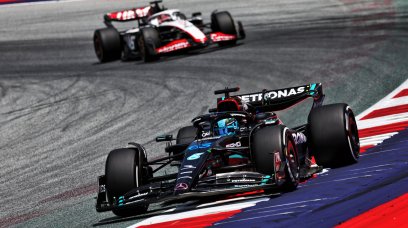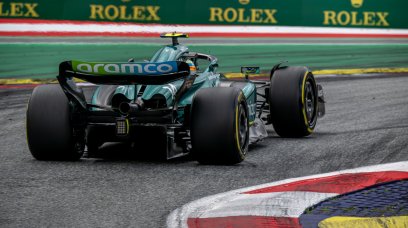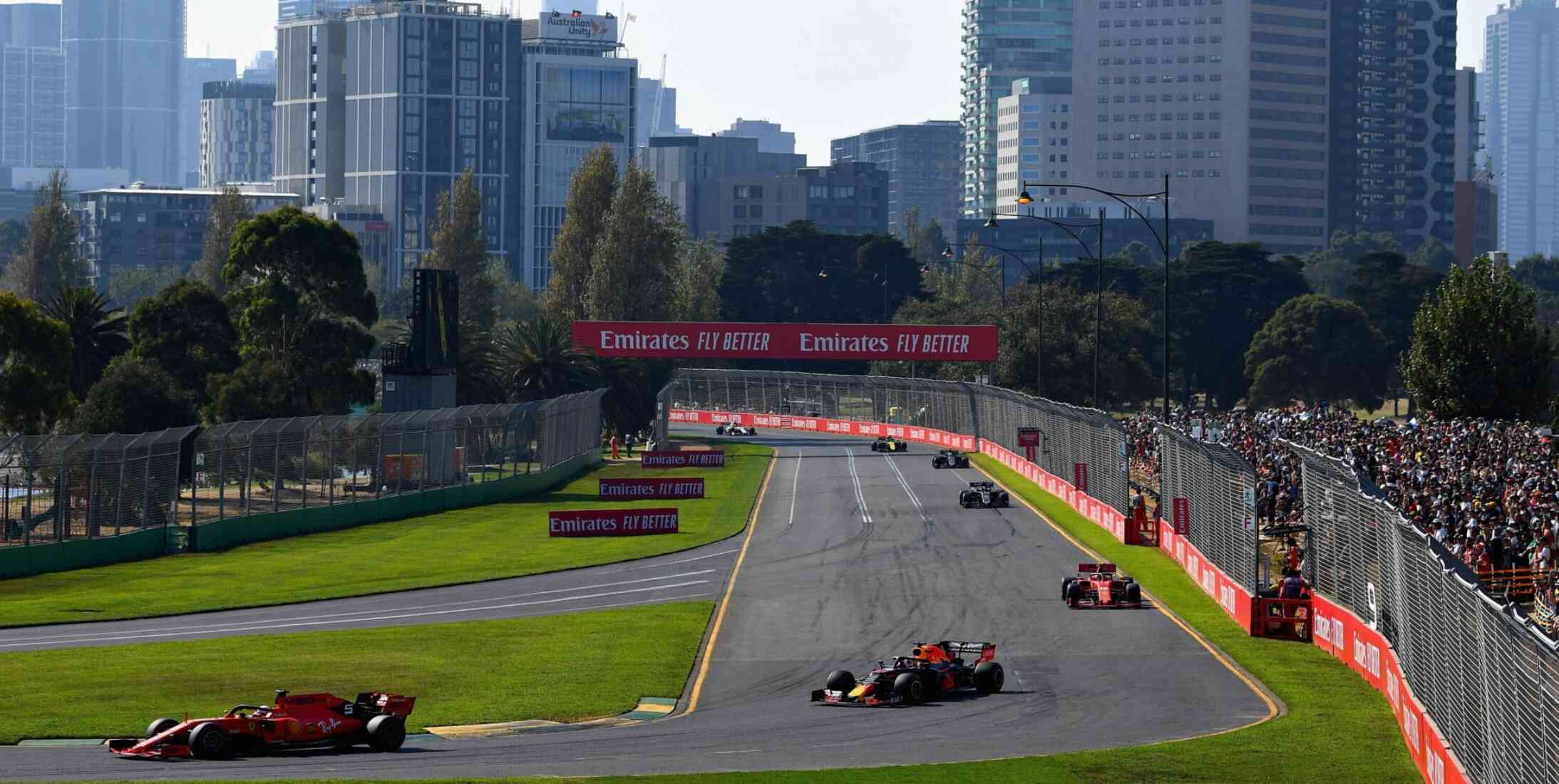
Austrian GP
Red Bull Ring- Free practice 1 FP1 28 Jun 2024 -
- Qualification Quali 28 Jun 2024 -
- Sprint shootout Shootout 29 Jun 2024 -
- Sprintrace Sprint 29 Jun 2024 -
- Race Race 30 Jun 2024 -
F1's biggest scandals: McLaren fined $100 million for Spygate
'Mr Dakar' amazed by revolutionary Audi machine ahead of 2024 rally attack
McLaren F1 junior apologises for liking anti-Stroll ableist tweet
Tsunoda rubbishes Aston Martin links as he stakes Red Bull claim
Norris prepared for McLaren sacrifice but expects fundamental change
Ralf Schumacher: 'I miss my Michael' ahead of poignant anniversary
Bottas: 'I was in denial against Hamilton at Mercedes'
Verstappen and Leclerc call for 'leniency' after F1 rule change
F1's billion dollar prize pot: this is how much prize money each team will receive
Classic video: Norris and Ricciardo decorate Christmas trees blindfolded!
| Race | Date |
|---|---|
|
|
2 Mar |
|
|
9 Mar |
|
|
24 Mar |
|
|
7 Apr |
|
|
21 Apr |
